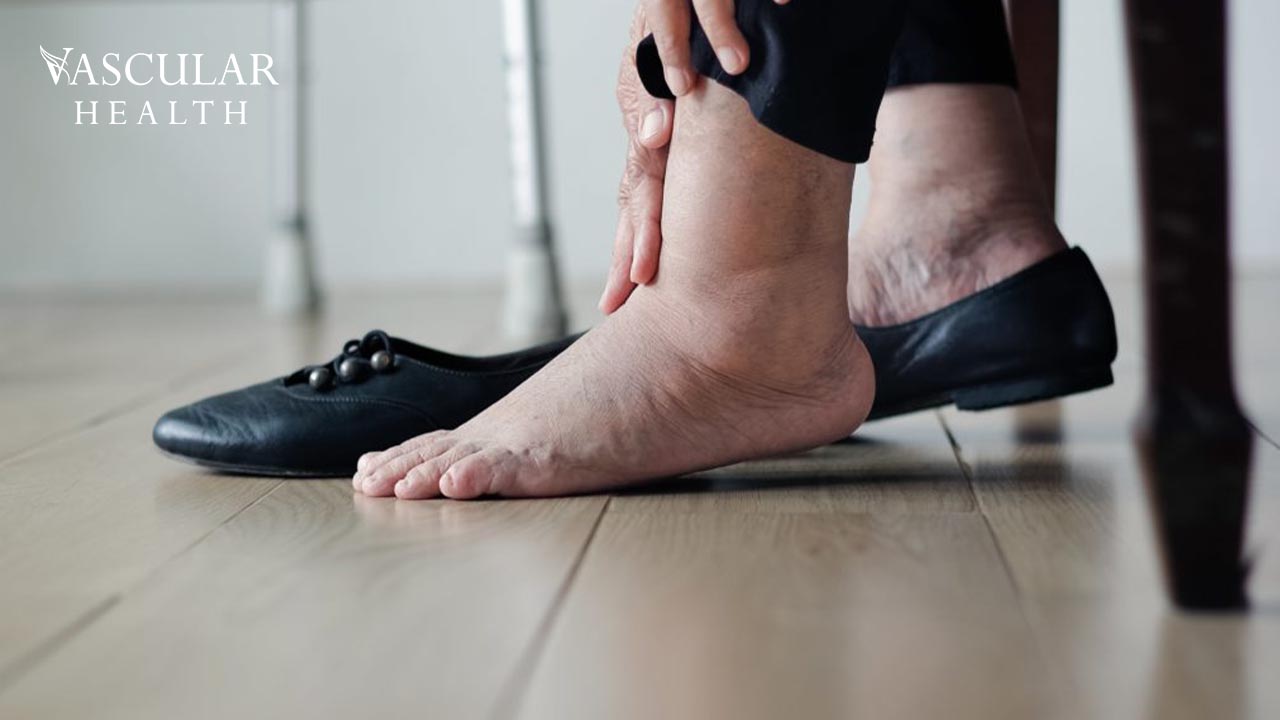Peripheral Artery Disease is a common circulatory condition characterized by the narrowing or blockage of arteries, most commonly in the legs. A question that arises is whether PAD can affect both legs simultaneously. The answer to this question is Bilateral PAD – a condition in which the plaque and their blood flow block the arteries of both legs is restricted. Here, we are going to discuss how PAD can affect both legs.
Can You Have PAD in Both Legs?
Yes, PAD can indeed impact both legs simultaneously. It is common for individuals with the disease to experience symptoms in both legs, mainly if the disease has progressed or if there are widespread arterial blockages. Bilateral PAD can manifest with similar symptoms in both legs, such as pain, cramping, or fatigue during walking or other physical activities.
Factors Contributing to Bilateral PAD
Various factors can contribute to the development of bilateral PAD. These include:
Systemic risk factors: Conditions such as diabetes, hypertension, high cholesterol, and smoking can lead to widespread atherosclerosis and bilateral PAD.
Genetics: In some individuals, genetic predisposition plays a crucial role in developing bilateral PAD, which can affect multiple arteries.
Lifestyle factors: A sedentary lifestyle, poor dietary habits, and obesity can accelerate the progression and continue to involve both legs.
Age: As individuals age, the risk of developing PAD increases. As arterial health deteriorates over time, the risk of bilateral PAD is increased in older adults.
Diagnostic Considerations
When evaluating a patient for PAD, healthcare providers will commonly assess both legs for signs and symptoms of the disease. Diagnostic tests such as ankle-brachial index (ABI) measurement, ultrasound imaging, or angiography are performed to evaluate blood flow and detect arterial blockages in both legs. Identifying bilateral PAD is crucial for determining the proper approach to treatment and managing the disease effectively.
Treatment and Management
The treatment option for bilateral PAD is similar to that for unilateral PAD, focusing on relieving the symptoms. Furthermore, it is focused on improving blood flow, and reducing the risk of complications. PAD in both legs can be treated with lifestyle changes. For instance, quitting smoking and committing to exercise, all while maintaining a diet plan, is important. In addition, pharmaceuticals that decrease cholesterol, antiplatelet agents, blood pressure and blood sugar management pills, and others may be administered to address underlying risk factors.
Interventional Procedures
Stenting and angioplasty are two crucial minimally invasive procedures for the majority of severe bilateral PAD cases. Major surgical interventions such as bypass surgery can also be required to restore blood flow to the affected legs. Hence, in conclusion, Peripheral Artery Disease (PAD) does affect both legs simultaneously, a condition known as bilateral PAD. For an effective treatment plan and management of the disease, it is important to diagnose the PAD in both legs accurately.




